Enjoy the charms of Okayama and Hiroshima on a three- Tomari , two-night trip that's easy to get to from Osaka ! We'll introduce you to a classic itinerary that lets you enjoy history, culture, beautiful scenery, and local cuisine.
Transportation
train Train
|
directions_walk On foot
|
directions_boat Ferry
train
Approximately 45 minutes by Shinkansen "Nozomi"
train
Approximately 8 minutes by tram from Okayama Station to Shiroshita Station
directions_walk
Approximately 9 minutes on foot
3
Okayama Castle(Ujo (Crow Castle))
directions_walk
Approximately 4 minutes on foot
4
Okayama Korakuen Garden
directions_walk
Approximately 9 minutes on foot
train
Approximately 8 minutes from Shiroshita tram station to Okayama station
directions_walk
Approximately 7 minutes on foot
directions_walk
Approximately 5 minutes on foot
train
Approximately 17 minutes from JR Okayama Station on the Sanyo Main Line to JR Kurashiki Station
6
Kurashiki Station Tourist Information Center
directions_walk
Approximately 17 minutes on foot
7
Kimono Rental CHACHA Kurashiki Bikan Historical Quarter Store
directions_walk
Within a 10-minute walk, rent a kimono and stroll around Kurashiki Bikan Historical Quarter. Head to your favorite spot.
9
Kurashiki Riverboat tour
11
Kataraiza Ohara Main Residence (Former Ohara Family Residence)
12
Hayashi Genjuro Shoten
13
Kurashiki Momoko Kurashiki main store
Stay at a hotel near Kurashiki Bikan Historical Quarter and JR Kurashiki Station
train
Approximately 1 hour from JR Kurashiki Station on the Sanyo Main Line
directions_walk
Approximately 15 minutes on foot
You can book the light Ropeway through Klook.
edit_note
Approximately 3 minutes by ropeway from Sanroku Station at the base of the mountain
17
Senkoji Park/Top Observation Deck (PEAK)
directions_walk
Stroll around light
directions_walk
Approximately 8 minutes on foot
19
Onomichi Ramen Ichibankan Main Branch
edit_note
Take a leisurely stroll along the coastal road, where you can see the Onomichi Strait with ferries coming and going
directions_walk
Approximately 20 minutes on foot
directions_walk
Approximately 7 minutes on foot
train
Approximately 1 hour from JR Onomichi Station on the Sanyo Onomichi Line
edit_note
Directly connected to the Shinkansen exit of Hiroshima Station! Enjoy Hiroshima specialty "okonomiyaki" for dinner
22
Okonomiyaki Mitchan Main Branch Ekie Branch
Stay overnight in Hiroshima City
directions_walk
Approximately 2 minutes on foot
directions_boat
Approximately 50 minutes by boat from Motoyasu Pier
24
Miyajima Ferry Terminal
directions_walk
Approximately 15 minutes on foot. On the way, have lunch at a gourmet restaurant where you can taste delicious Hiroshima oysters.
directions_walk
Approximately 13 minutes on foot
edit_note
The ride from Momijidani Station to Shishiiwa Station, the final stop on the ropeway, takes about 15 minutes, allowing you to enjoy the beautiful scenery of the four seasons from the sky. You can see the Seto Naikai, Itsukushima Island Shrine, and Hatsukaichi cityscape in one go, and an even more spectacular view unfolds from the top of the mountain. Enjoy the natural beauty of Miya Island on a comfortable ride.
edit_note
After strolling around Mount Misen, we took the ropeway back down the mountain.
directions_walk
Approximately 15 minutes on foot from Ropeway Momijidani Station
28
Miyajima Omotesando Shopping Street
edit_note
Miya Island(Itsukushima Island) is a mysterious island where nature and history coexist in harmony. Visitors are captivated by the World Heritage Site Itsukushima Island Shrine, the large torii gate towering over the sea, and the spectacular views from Mount Misen. There are plenty of gourmet and cultural experiences to enjoy, such as tasting local oysters and conger eel rice, and strolling through the Omotesando shopping arcade. The illuminated Itsukushima Island Shrine and the large torii gate at dusk are especially moving, making a fitting end to your trip. Leaving behind special memories on Miya Island, it's time for the next leg of your journey!
29
Miyajima Ferry Terminal
directions_boat
Approximately 10 minutes by ferry
30
Miyajimaguchi Ferry Terminal
directions_walk
Approximately 3 minutes walk to Miyajimaguchi Station
train
Approximately 30 minutes on the Sanyo Main Line
Spots introduced in this itinerary
The contents on this page may partially contain automatic translation.
![[2025 Edition] Osaka Departure! A 2- Tomari, 3-Day Classic itinerary of Okayama and Hiroshima](https://resources.matcha-jp.com/resize/720x2000/2024/11/25-211829.webp)


![[2025-2026] 【Rental Car Discount Campaign in Okayama Prefecture for Tourists from Abroad】 Guidelines for Implementation For Customers (Foreign Tourists)](https://resources.matcha-jp.com/resize/200x2000/2025/04/01-229865.webp)






















































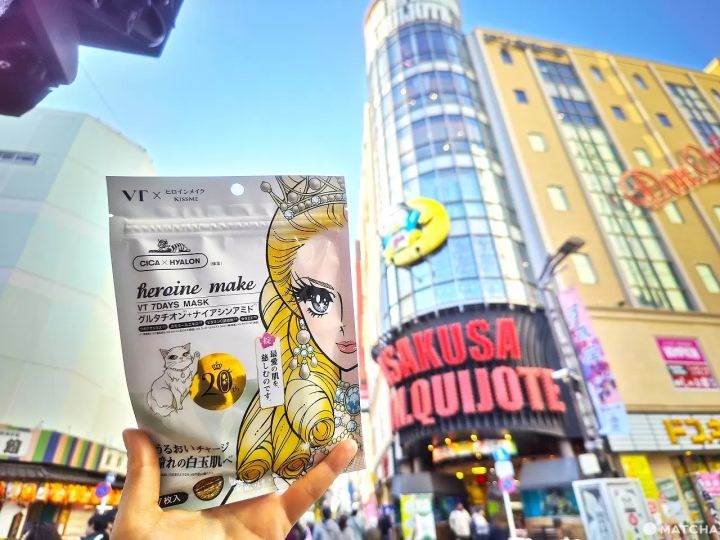

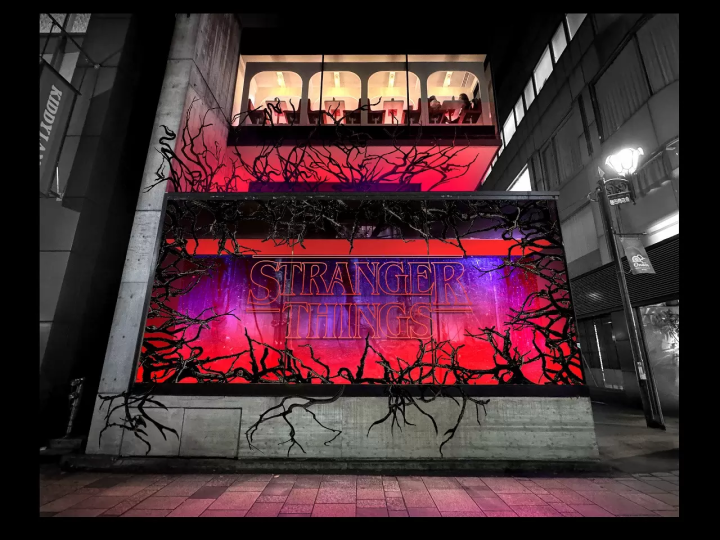
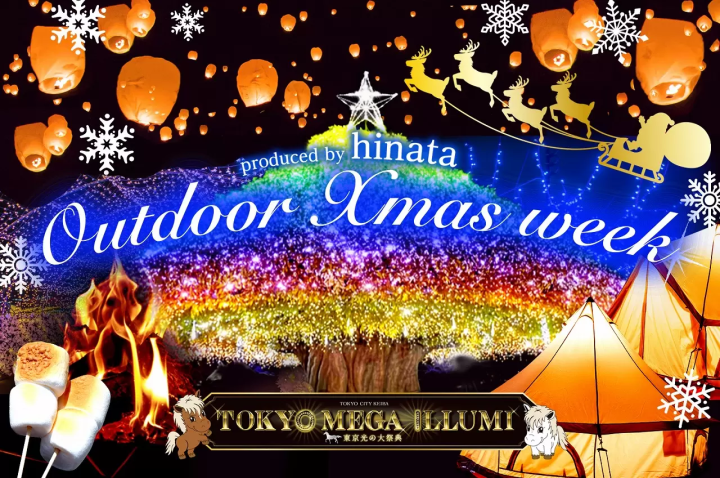
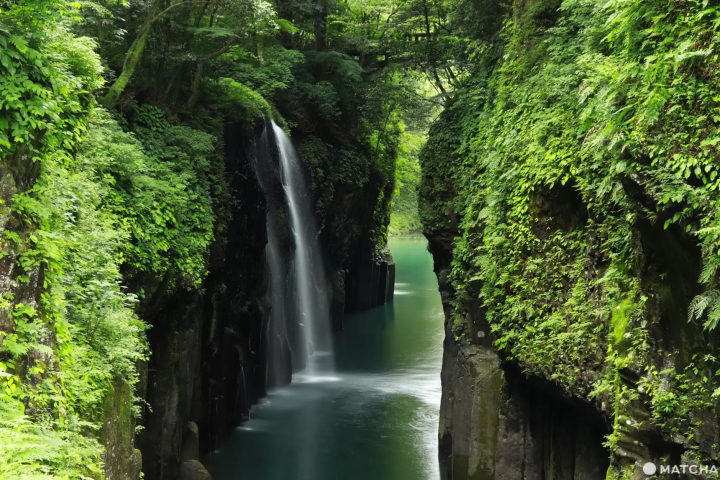




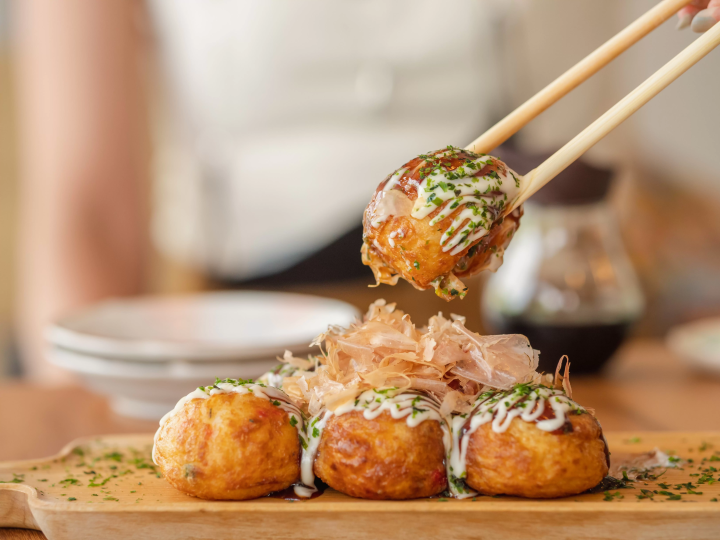
![[2026 Edition] FORMUAL 1 JAPANESE GRAND PRIX Information](https://resources.matcha-jp.com/resize/720x2000/2025/10/05-245984.webp)
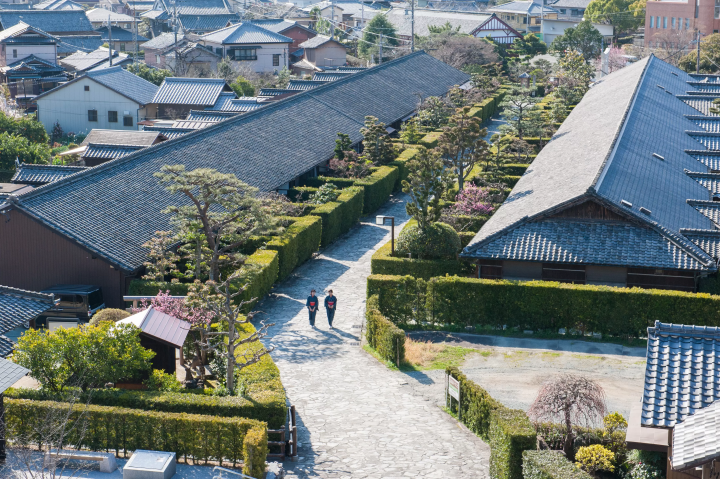
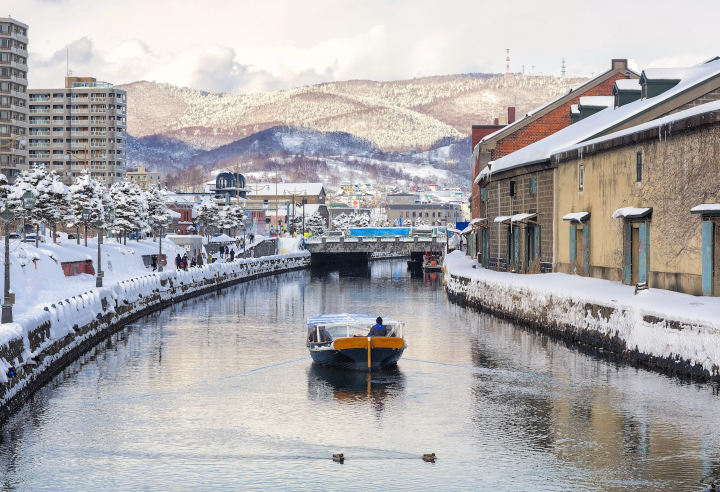
![[2025 Update] Namba's spectacular illuminations! "Namba Hikari Tabi" with approximately 1 million shining lights](https://resources.matcha-jp.com/resize/720x2000/2025/12/12-252825.webp)